Are you a fan of New Year’s resolutions? Or do you prefer to layer good habits into your day to make it a successful day? Coming from a military background into the world of business and work, Gerwyn instantly understood why books like Robin Sharma’s ‘The 5am Club’ and James Clear’s ‘Atomic Habits’ can so effectively help us manage a busy diary.
He says, “For years, my morning routine was dictated by early starts, with physical exercise, drill practice and kit preparations. I saw the benefit of these routines and have never been a fan of big, bold, resolutions which are much harder to stick to. Small, daily changes mean that we can reassure our nervous system that nothing dramatic is changing. We might rebel against the thought of early starts and discipline, but when we introduce routine, repetitive tasks become easier.” And if you bear with us, you’ll see how great habits and project management tools also make complex projects run more smoothly.
How a morning routine conserves energy
Our brains use more energy when we have to make decisions. So, when there’s no routine, you’re using up precious energy deciding which task to do next. Whereas our neural pathways strengthen when we practise the same action over and over, making tasks easier to complete. If you do the same thing every morning, you conserve your mental energy, ready to focus your prefrontal cortex on higher level, more goal-oriented decisions. Our bodies function also best when they’re in tune with circadian rhythms and our sleep patterns are consistent. By going to bed at the same time and setting an alarm for the same time every morning – yes, including weekends – you’ll feel more energised after your sleep.
In ‘The 5am Club,’ Robin recommends using the first hour of your morning towards three of your personal goals. Reflection or meditation helps you connect with your purpose and maintain your spiritual peace; exercise enables you to progress your physical health; reading or listening to something new means you are learning and working with a growth mindset.
Once you get into your working day, you can use the same principles of routine and discipline to get the smaller, repetitive project tasks done quickly. Bear in mind the author’s recommendation: if you have one priority goal or task each day, it could be worth spending the first ninety minutes of your day working on that. Then your day will feel like a success.
Habit stacking to complete project tasks
Everyone’s definition of success is different, it’s true. As Gerwyn says, “If I’m feeling like I need to focus and preserve my energy, I find it hard to get involved in the people conversations and mentoring that I often do when I’m on site. On those days, it’s easier to get into my flow by working through the project documents, making sure the project management tools and systems are working, and developing ideas to solve any issues that I’ve spotted among the stakeholders or on the site.”
That’s where stacking your daily habits can make a significant difference. James Clear, in Atomic Habits, introduces the concept of habit stacking—linking a new habit to an existing one to create a powerful chain of actions. For example, if your daily habit includes checking emails, you can stack a quick review of project dashboards right after. Pairing tasks like this not only saves time but also helps ensure that important items don’t fall through the cracks. When your habits are interconnected and tied to natural triggers, consistency becomes second nature. Clear’s approach complements Sharma’s idea of dedicating time to key goals and shows how small changes compound into significant progress.
Leverage project management tools for success
To make these practices even more effective, integrating the right project management tools can help streamline your efforts. Tools like Trello, Asana, or Microsoft Project are excellent for tracking tasks, managing timelines, and fostering team collaboration. Visual tools like Kanban boards enable you to see your workflow at a glance, helping identify bottlenecks and prioritise tasks more effectively. For larger, complex projects, Gantt charts can be invaluable for mapping out dependencies and ensuring milestones are achieved on time.
Using automation features within these tools can help eliminate repetitive manual tasks. For instance, setting up automated reminders for deadlines or generating recurring tasks for weekly reports ensures nothing is overlooked while freeing up mental space. Pairing these tools with your habit stacking approach creates a seamless system where routines and tools work hand-in-hand to keep projects moving forward efficiently.
Success as a daily habit
Building great habits and leveraging project management tools are powerful ways to boost productivity and achieve your goals. Whether it’s starting your day with intention, stacking habits for seamless efficiency, or utilising tools to manage complex workflows, these strategies help conserve energy and focus your efforts on what truly matters. By combining insights from ‘The 5am Club’ and ‘Atomic Habits’, you’ll set yourself up for personal success and enhance your team’s performance and project outcomes. Sticking to positive routines means you create space for impromptu moments when you need to take extra time for self-care or a conversation and a cuppa with someone who needs it. Remember, small, consistent actions lead to significant results—and success becomes a daily habit.
Book a call or contact us if you’d like to talk more about the changes you could make.


